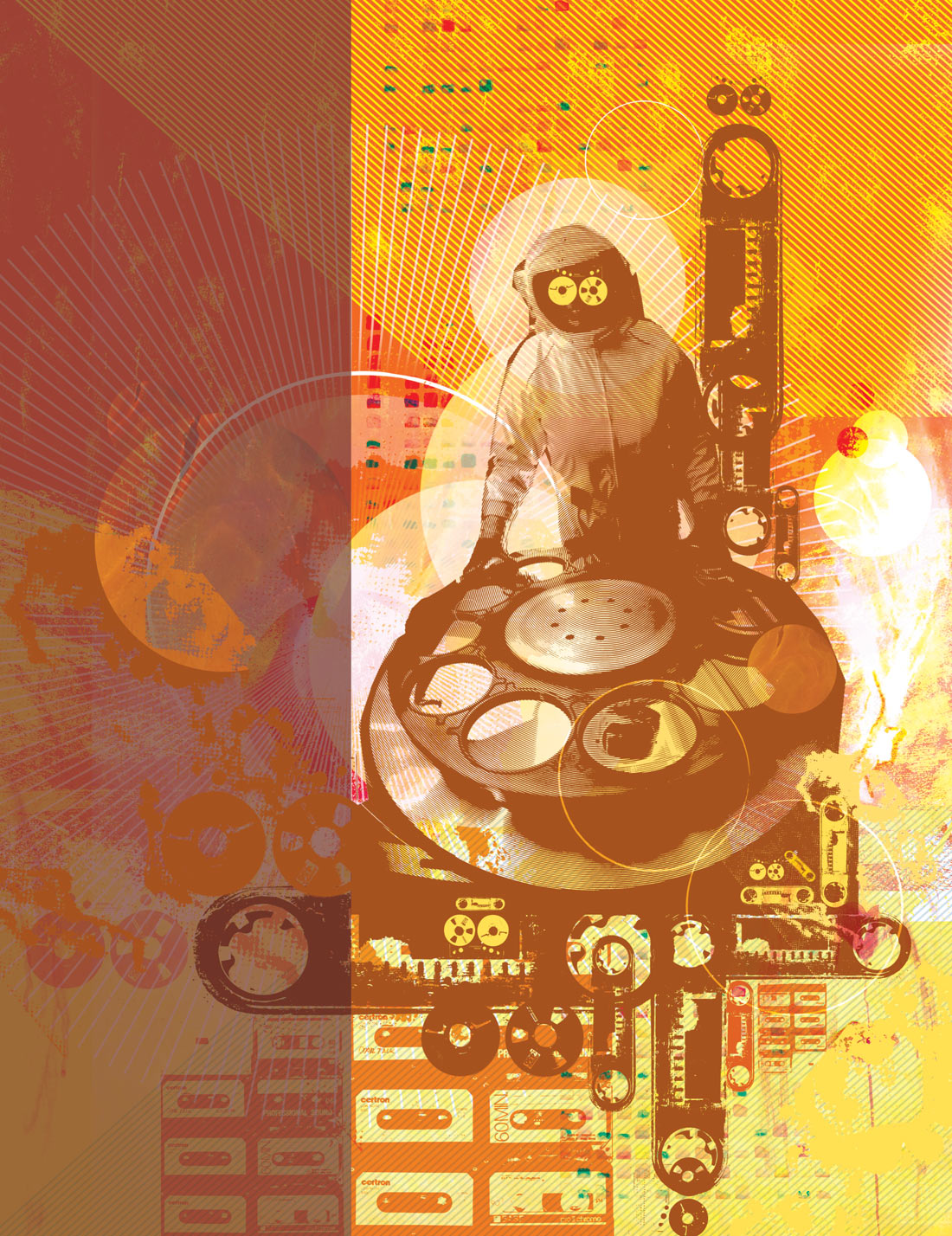A couple years ago, internet retailers were blowing out Alesis's ModFX effects boxes at absurdly low prices. The ModFX were flimsy DSP desktop units with goofy names and lousy switches, but a few of them turned out to be awesome. The Bitrman and Philtre, especially, have found a happy home with fans of creative sound- mangling-indeed, they're a staple of my live rig. Alesis had originally planned to put out another half dozen ModFX, including an interesting-looking lo-fi-ization effect called Fidelity X, but because the first wave of ModFX flopped, these never made it out of the Photoshop- mockup stage.
I often wished that the ModFX had come out in rack form, for use in my home studio, and wished there were some way that I could access those unreleased effects, which certainly existed somewhere, if only in software. Then, on a whim, I bought a used Akira on eBay for fifty bucks, and discovered that, more or less, it was exactly what I'd wished for.
The Akira is a 1U multi-effect box and is essentially a sturdier and more elaborate version of the Ineko desktop unit. It is silver, lightweight, and apparently very sturdy, and it powers up with an IEC cable, not a wall- wart. Features include balanced I/O, a bright 2-digit LED, LED metering, three knobs for patch tweaking, input and output gain, and MIDI patch switching (though, annoyingly, no MIDI sync). There are 50 presets and 50 blank memories for storing your own. If what you want are the basics-reverb, chorus, delay, compression-you can find them here, but other rack units are better at these things. The reason you want the Akira is the weird stuff, which is clearly cut from the same cloth as the ModFX. Bit reduction. Formant filtering. Ring modulation. Tape saturation emulation. Vocoding. Record-album noise. Pitch shifting, subharmonic bass enhancement, bandpass filtering. There's even a nasty sounding digital fuzz and a vocal remover.
All of this is rather rudimentary in execution; your choices are limited, and there will be times when you wish you had more control over the DSP engine. Also, the overall sound of the Akira is very clean and digital. I happen to like this aspect of it; it's the only product I've used recently that doesn't seem interested in jumping on the analog bandwagon. The Akira is a bit reminiscent of the other whacked-out budget gem, the Zoom 1201, which is next to the Akira in my rack.
I can see why this thing was unsuccessful; it tries to be too many things to too many people. But if you already have your meat and potatoes, it's an obscure gem. ($50- $150 used; www.alesis.com)




_disp_horizontal_bw.jpg)